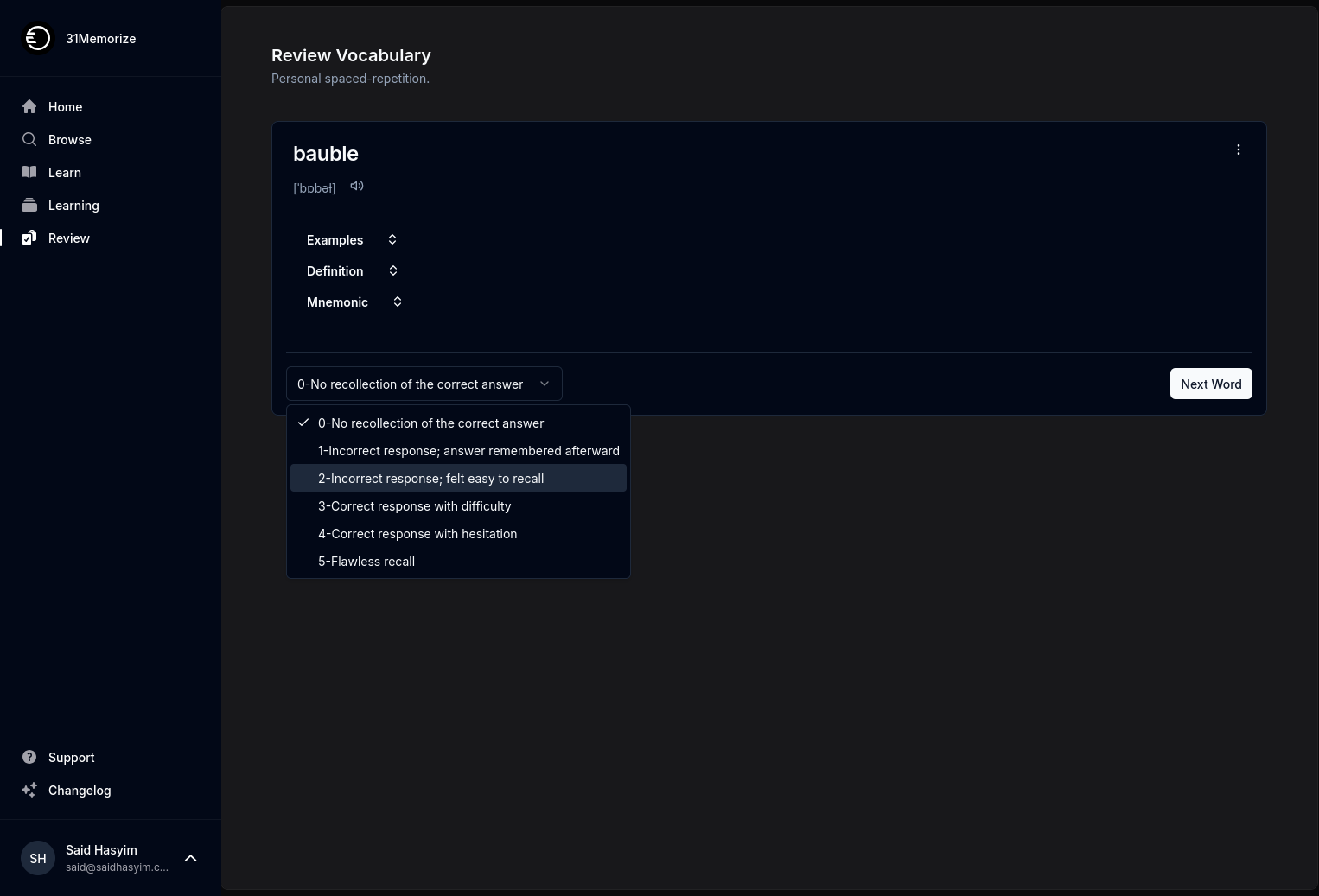Enhance Reader Engagement with Review Monitoring
In the digital landscape where content consumption has reached unprecedented heights, strategies for enhancing reader engagement are more crucial than ever. One effective method for boosting this engagement is through review monitoring. This blog post delves into the significance of review monitoring, how it can optimize reader interactions, and practical tips for implementing this strategy.
What is Review Monitoring?
Review monitoring involves keeping track of feedback and comments about your content across various platforms. This includes everything from blog post comments and social media reactions to formal reviews on third-party sites. By observing how your readers respond, you can gain profound insights into their preferences, thoughts, and criticisms.
The Importance of Review Monitoring for Reader Engagement
1. Understanding Your Audience
Every reader is unique, and understanding their perspectives can help you create content that resonates better with them. By monitoring reviews and feedback, you can identify common themes regarding what readers enjoy or dislike. This knowledge enables you to tailor your content strategy and improve your offerings in a way that aligns with your audience's desires.
2. Building Stronger Relationships
Engaging with readers who leave reviews or comments fosters a sense of community. When you acknowledge their feedback – be it praise or critique – you demonstrate that you value their opinions. This can lead to stronger relationships, turning casual readers into loyal followers. An engaged audience is more likely to share your content, increasing your reach organically.
3. Driving Content Improvement
Review monitoring allows you to identify patterns in feedback that point out areas for improvement. Perhaps readers consistently mention a lack of depth in certain topics or express a desire for more visual content. By acting on this feedback, you can enhance the quality of your content, which not only meets current audience expectations but also attracts new readers.
4. Spotting Trends and Topics
The digital world is dynamic, and reader interests can shift rapidly. By keeping a pulse on reviews and mentions of your content, you can spot emerging trends and topics that resonate with your audience. This proactive approach enables you to adjust your content calendar and produce timely and relevant articles, making you a go-to resource in your niche.
How to Implement Review Monitoring
Implementing an effective review monitoring strategy requires a structured approach. Here are some steps to guide you:
1. Set Up Monitoring Tools
While there are various tools available for social listening and review monitoring, you don’t need a specific product to get started. Simple Google Alerts for your content or brand name can suffice. Additionally, setting alerts for keywords related to your niche will keep you informed about what readers are discussing.
2. Establish Review Metrics
Define what you want to monitor in terms of engagement. Metrics may include:
- Sentiment Analysis: Understanding whether feedback is positive, negative, or neutral.
- Frequency of Comments: Monitoring how often readers engage with your content.
- Engagement Rates: Watching for likes, shares, and discussions spurred by your posts.
3. Create a Feedback Loop
Feedback should inform your content planning and creation process. Regularly reviewing feedback should lead to actionable insights. Consider organizing the feedback into categories, such as content type, topic, or tone, which can help you identify specific areas to focus on.
4. Act on Feedback
Readers appreciate when feedback leads to visible changes. If multiple readers express a desire for more in-depth analysis in your articles, consider adjusting your approach. Your audience will recognize and appreciate your commitment to improving their experience, leading to increased loyalty and engagement.
5. Encourage Feedback
Proactively invite your audience to share their thoughts on your content. You can do this through call-to-action prompts at the end of your articles, social media polls, or dedicated feedback forms. The more feedback you receive, the richer your insights will be.
6. Engage with Your Readers
Responding to feedback shows readers you’re listening. Whether it's thanking someone for a positive review or addressing a criticism respectfully, engagement encourages further interaction. This two-way communication builds trust and enhances reader loyalty.
Conclusion
In the age of information overload, standing out and fostering meaningful reader engagement can be challenging. Review monitoring serves as a powerful tool in this endeavor. By understanding your audience better and acting on their feedback, you can create richer, more engaging content that resonates with them.
Remember, every piece of feedback is an opportunity for growth and connection. By creating a culture of open dialogue with your readers, you not only enhance engagement but also develop a loyal community ready to support and promote your content.
So, start monitoring those reviews today, and watch your reader engagement soar!
